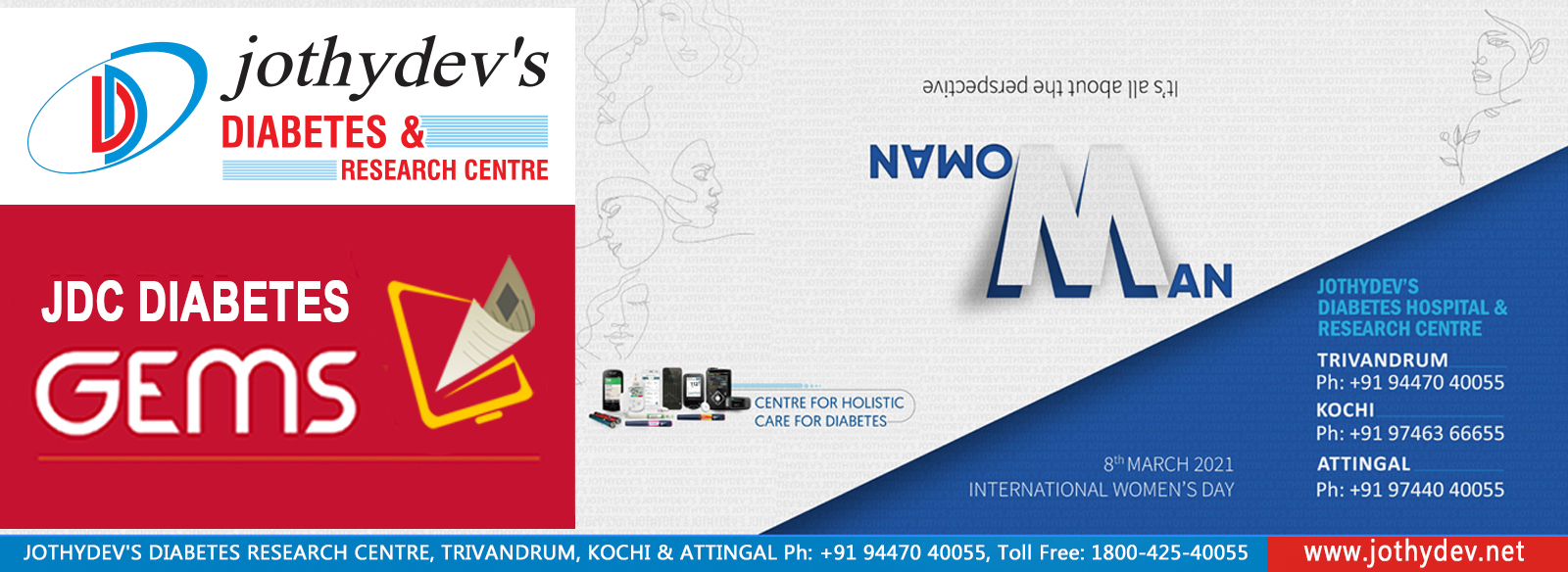
3. Intensive insulin saves the eye but caution recommended

A recent study published in Medicine reported that the chances of progression of the pre-existing diabetic retinopathy after insulin Intensive Therapy in patients with type 2 diabetes are relatively high. The report was in agreement with previous studies in the early aggravation of diabetic retinopathy (DR) or “early worsening of diabetic retinopathy” (EWDR) in type 1 and type 2 diabetes after insulin Intensive Therapy.
According to the study, a 58-year-old female with a 21-year history of type 2 diabetes and with poor glycemic control had experienced a rapid and dramatic decline of vision acuity in the left eye in 2 months after the insulin Intensive Therapy (insulin IT). The patient had been taking oral hypoglycemic drugs without insulin intervention since 20 years. The diagnosis of PDR in both eyes was established using Fundus photography, B-scan and Ultrasound Fluorescein Angiography. After treatment for PDR, the patient was presented again with a progressive visual loss in her left eye. Laboratory examination showed that her HbA1c level reduced to 7.3% in just 2 months. The patient reported that during a period of two months she had undertaken insulin Intensive Therapy in a local hospital with multiple insulin injections daily. However, the care team could be able to rectify Best Corrected Visual Acuity (BVCA) during the subsequent 2 months of follow-up, which remained 20/160 in both eyes.
It should be noted that insulin therapy and strict blood glucose control have beneficial effects not only on the eyes, but also on other important organs of the body. However, using insulin Intensive Therapy to reduce glycemic levels rapidly can bring about the onset of EWDR as well. The identified risk factors for EWDR were long duration of diabetes, DR severity before insulin Intensive Therapy, and high initial HbA1c levels which reflect poor glycemic control.
The study revealed that for patients with a long duration of diabetes, poor glycemic control, and a pre-existing PDR it is very important to have a stringent control of blood glucose and the use of insulin and if at any case intensive insulin therapy is found inevitable, an immediate Panretinal Photocoagulation should be performed before insulin Intensive Therapy, and a closer eye monitoring was necessary during IT. Care should also be taken in the case of selecting the insulin analogues used in insulin Intensive Therapy.
For enquiries info@jothydev.net.
Please visit: jothydev.net | research.jothydev.com | diabscreenkerala.net | jothydev.com/newsletter
